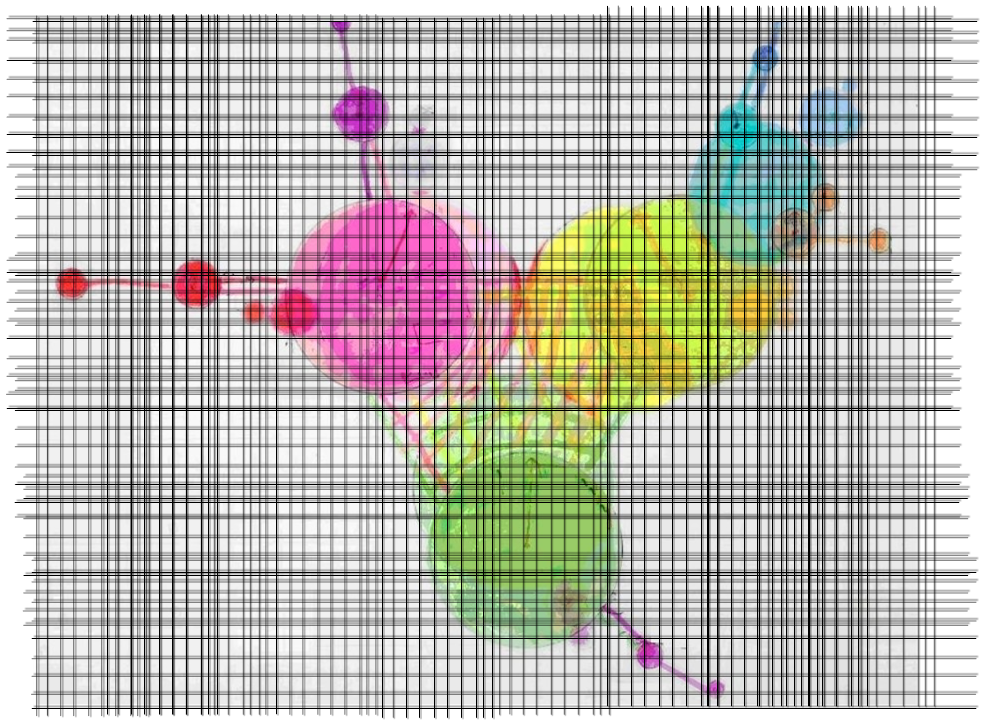Translating: Observation 29. Matching spatial patterns. 2008
Observation
The story highlights the difficulty of communicating complex ideas, particularly about energy transfer and business systems, in a way others can understand. The narrator spent many years developing a unique understanding of these concepts, facing challenges in translating these ideas for a broader audience. Hiring a copy editor, Jen, helped reshape and clarify these concepts, leading to the creation of a more accessible website.
The Lesson
Communicating complex ideas effectively often requires finding ways to connect with the perspectives and understanding of the audience.
How this is helpful
Communication: Enhances the ability to share complex ideas.
Perspective: Encourages considering others' viewpoints.
Adaptation: Shows the importance of adapting explanations to your audience.
Questions for Reflection
Understanding Others: How do others perceive my ideas?
Simplification: Can I simplify complex concepts without losing their essence?
Relevance: How are my ideas relevant to different audiences?
The details of business visualization can be found here: BusinessVisualization.com.
When I was a kid, I decided to use my model of energy transfer to “do something good”. I knew I would need to translate it to explain it. This process was incredibly challenging, rewarding, and expensive. I spent $2 mill on this project so far. There is no business model or ROI. It just felt important to try.









